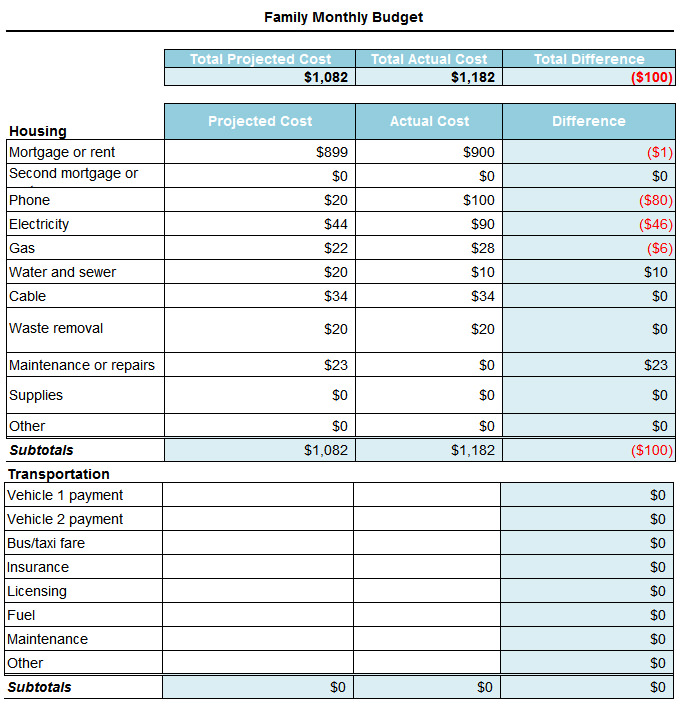

Our data about the average cost of streaming services come from a survey conducted by.

We used Bluefield Research’s 17 average monthly household water and wastewater bill for 2021 for each state. We used a national average where natural gas data isn't available (Arkansas, California, Florida, Illinois, Indiana, Kentucky, Louisiana, Maine, Maryland, Minnesota, Mississippi, Nebraska, New Mexico, New York, North Dakota, Ohio, Oregon, South Carolina, Tennessee, Texas, Virginia, Washington, West Virginia, Wisconsin). Energy Information Administration 31 and assumed each household used 168 cubic feet a day. 30įor natural gas bill costs, we pulled the average rate per 1,000 cubic feet for 2021 from the U.S. Flattened cardboard and paperboard (clean and without liners)įor energy bill costs, we pulled the average electricity consumption figures and pricing information from the U.S.Clean and dry PET plastic bottles (the bottles labeled number 1 that water and soda are usually sold in) and HDPE milk jugs.Many communities choose landfills over recycling for cost, convenience, and environmental reasons (while recycling has a lower carbon footprint and greenhouse gas emissions than landfills and burning, energy and resources still vary by recycled material).

23 Not to mention that the recycling industry has dramatically declined since the plastic import halt in 2018. 22 Recycling varies by city, county, and state, and there’s long been an overemphasis on consumers’ responsibility to recycle, though the process is anything but simple. Roughly half of Americans have access to curbside recycling, and those that do are charged about $4 per month for the service. Reduce wastewater by queuing up the dishwasher only when you’ve placed every dish and utensil you can possibly fit into it without overloading. It might not seem like much, but washing your clothes in cold water could save you $60 a year. Reducing your total number of loads each year by 25% could save 3,227 gallons of water.
#Average monthly expenses for family of 2 full
Washing a full load of laundry is the most cost-effective way to save on water costs. Try designating one laundry day a week and throwing every single dirty item into the wash.


 0 kommentar(er)
0 kommentar(er)
